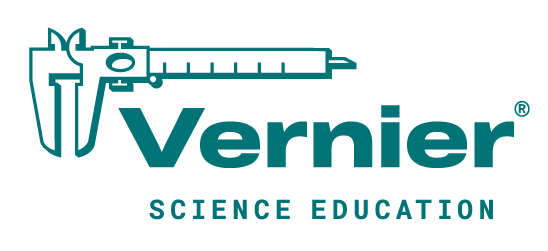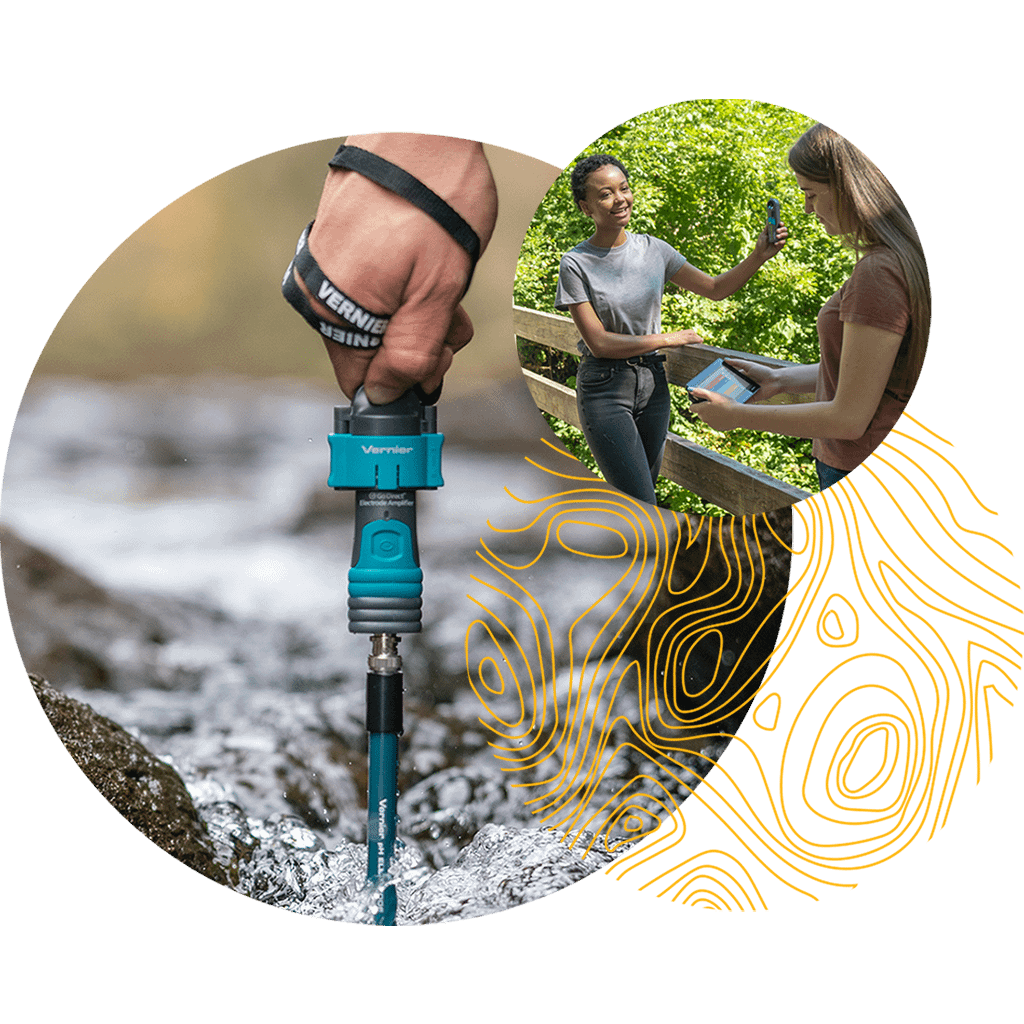

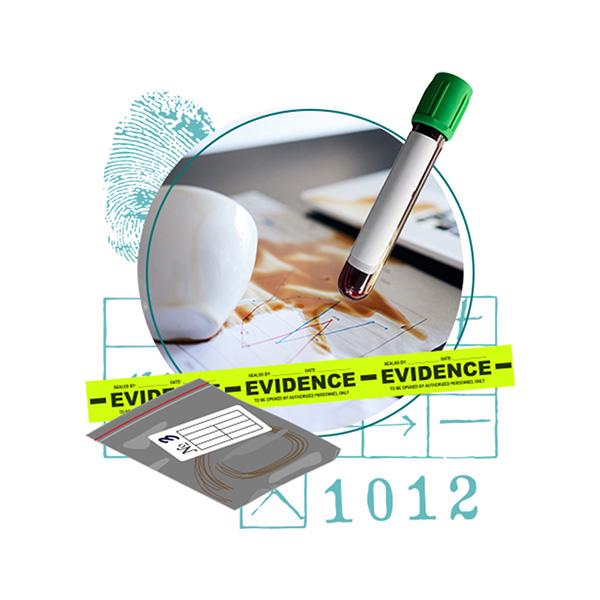
It might be difficult for a student to see where absorbance spectroscopy and Beer’s law could be useful to a chemist. But, what if the technique is used to analyze poisoned wine from a crime scene? This definitely piqued the...
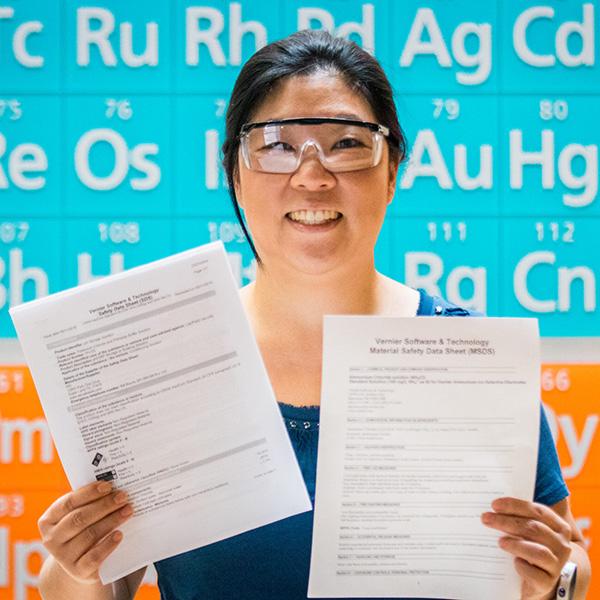
A Safety Data Sheet (SDS) serves the same purpose as a Material Safety Data Sheet (MSDS). They provide a formal and consistent format, in 16 sections, that are organized in a specific order to make them easy for people to...
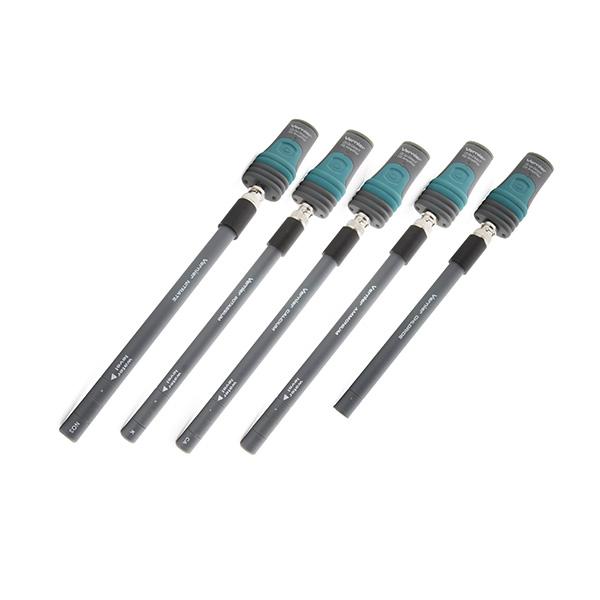
A much easier and more reliable method to measure the concentrations of specific ions is to use ion-selective electrodes (ISE). Vernier offers these five options: ammonium, calcium, chloride, nitrate, and potassium. By adhering to a few best practices, students can...
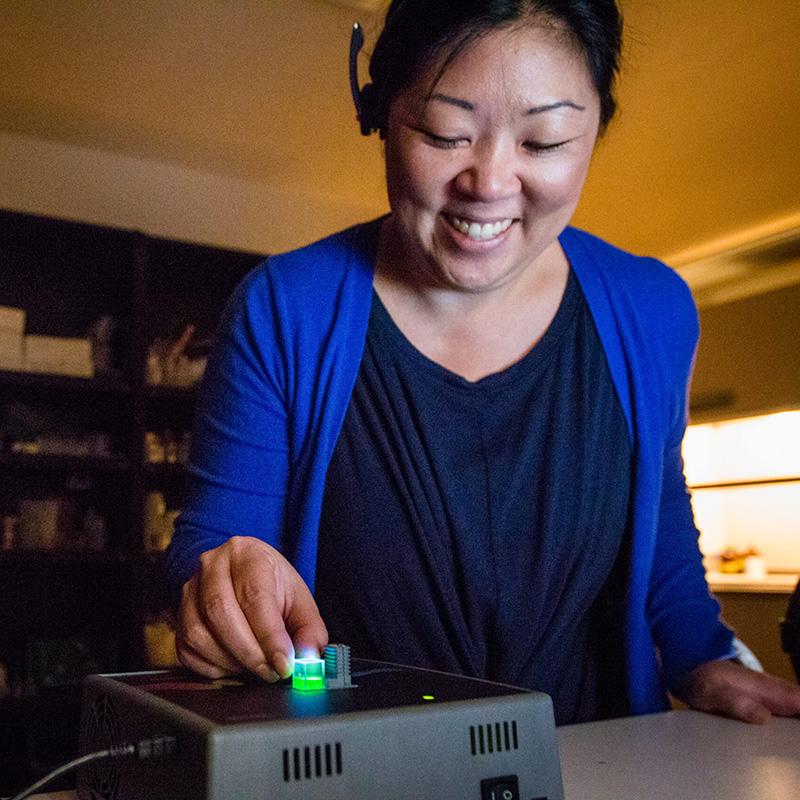
Fluorescence spectroscopy is a very sensitive and delicate technique. It often requires a few attempts before getting great data. In our chemistry department, we have come across a few common problems and would like to share some solutions that fix...
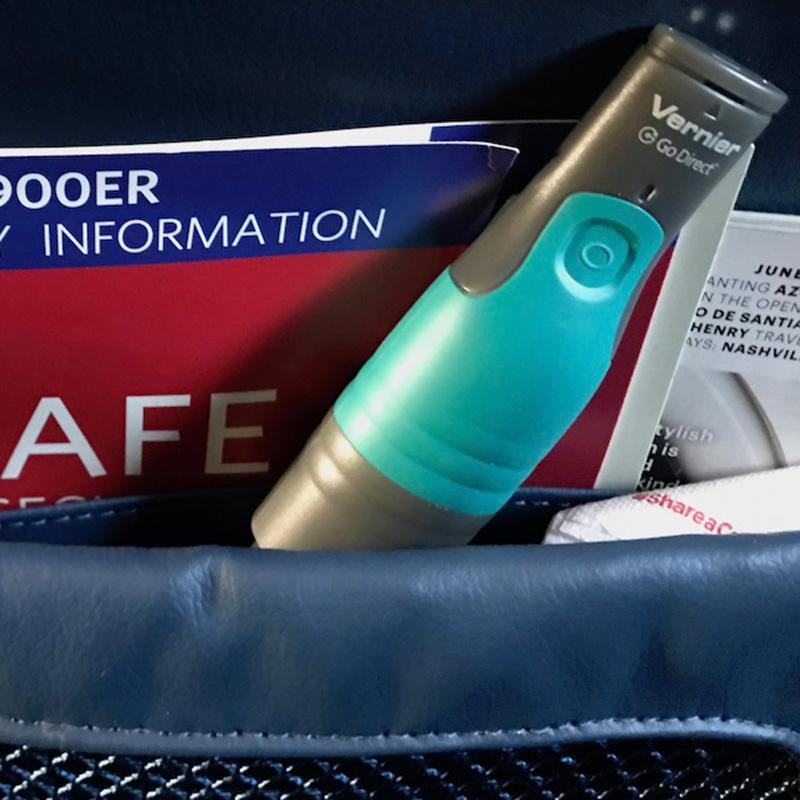
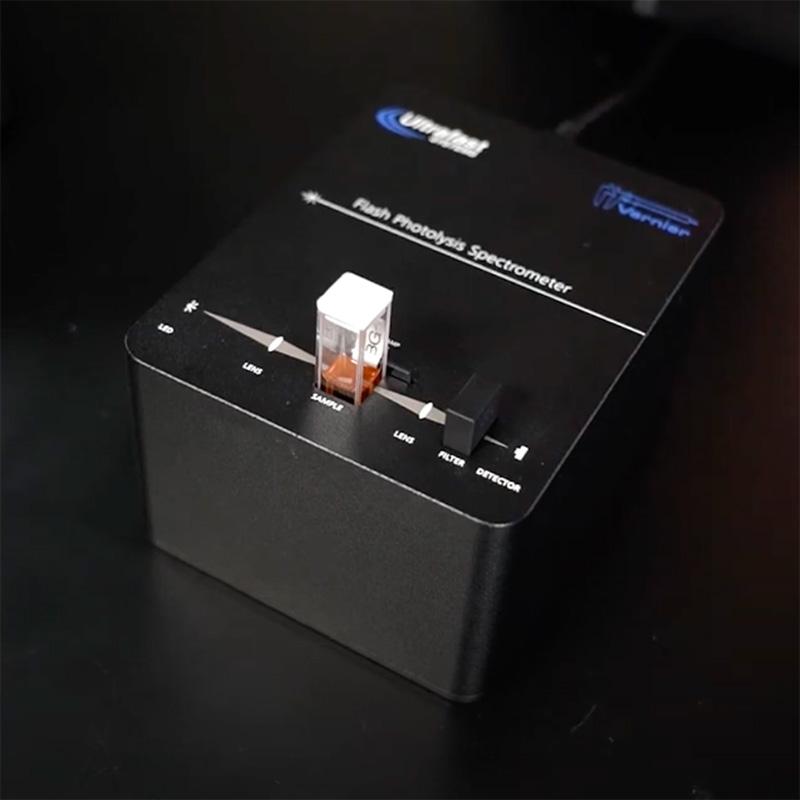
Flash photolysis spectroscopy is a type of time-resolved absorbance spectroscopy that helps students investigate chemical reaction order as well as the basics of photochemistry. This technique was so groundbreaking that the 1969 Nobel Prize in Chemistry was awarded to the...
Students taking environmental chemistry will learn basic techniques for chemical analysis of environmental samples, including air, water and soil. Many of these experiments may take place in the field requiring rugged and portable equipment, like our Go Direct® sensors.
...